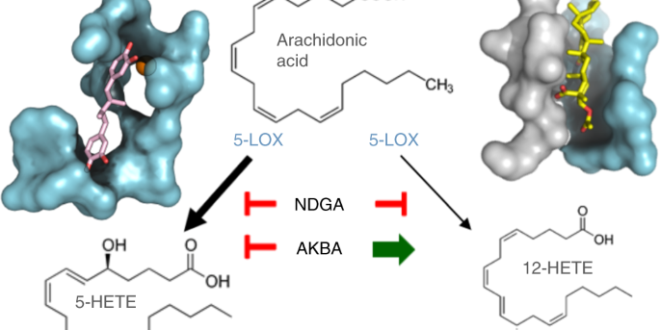Soybeans contain some naturally occurring anti-nutritional factors like lipoxygenase and hemagglutinins, which can interfere with nutrient absorption and cause digestive discomfort in some individuals. While complete removal of these substances is not always necessary or practical, there are several methods you can use to reduce their levels and make soybeans more digestible:
- Cooking: Cooking soybeans at high temperatures significantly reduces the activity of lipoxygenase and denatures hemagglutinins. Boiling, steaming, roasting, or pressure cooking soybeans can help make them more digestible and reduce anti-nutrient levels.
- Soaking: Soaking dried soybeans before cooking is another effective way to reduce anti-nutrient content. Soak soybeans in water for at least 8-12 hours or overnight. Discard the soaking water before cooking, and use fresh water for boiling or steaming. This process can help leach out some of the anti-nutrients.
- Fermentation: Fermentation is a traditional method for reducing anti-nutritional factors in soybeans. Foods like tempeh and miso are made from fermented soybeans. During fermentation, beneficial microorganisms break down anti-nutrients, making the nutrients in soy more bioavailable. Fermented soy products like tempeh and miso are produced by allowing beneficial microorganisms to ferment soybeans. This process not only improves flavor but also reduces anti-nutritional factors.
- Germination: Germinating soybeans (sprouting) can also help reduce anti-nutrient levels. Sprouted soybeans have lower levels of some anti-nutrients compared to non-sprouted ones. To sprout soybeans, soak them in water for a few hours, then allow them to sprout in a cool, dark place, rinsing them with water every 8-12 hours.
- Commercial Processing: Many commercially available soy products, like tofu and soy milk, are processed to reduce anti-nutrient content. Look for products that have been subjected to heat treatment or other processing methods to reduce these factors.
- Blanching: Briefly blanching soybeans in boiling water before using them in recipes can help reduce anti-nutrient levels. After blanching, drain and rinse them before cooking.
- Use Heat-Treated Soy Products: When using soy-based products, opt for those that have undergone heat treatment during processing. Heat treatment, like roasting or boiling, can substantially reduce anti-nutrient levels.
It’s important to note that while anti-nutritional factors in soybeans can be reduced through these methods, they also have potential health benefits. For instance, some research suggests that the anti-nutrient phytic acid in soy may have antioxidant properties and may help prevent certain diseases. Therefore, it’s not always necessary to eliminate these compounds entirely from your diet, but rather to consume soy in a balanced and properly prepared manner. If you have specific dietary concerns or restrictions, it’s advisable to consult with a healthcare professional or registered dietitian for personalized guidance.
The commercial processing of soybeans involves various methods to reduce anti-nutritional factors and make soy products more palatable and digestible. Here are some additional commercial processing techniques commonly used in the production of soy-based foods:
- Dehulling: Soybean processing often begins with the removal of the outer hull or skin of the soybeans. This dehulling process helps eliminate some anti-nutritional factors present in the outer layer.
- Heat Treatment: Heat treatment methods like roasting, boiling, and steaming are frequently employed to inactivate lipoxygenase and reduce trypsin inhibitors and lectins (hemagglutinins). Products like roasted soybeans, soy flour, and soy protein isolates are typically heat-treated to reduce anti-nutritional factors.
- Texturization: Texturization processes, such as extrusion cooking and texturized vegetable protein (TVP) production, involve subjecting soy protein to high heat and pressure. This not only reduces anti-nutrients but also improves the texture and flavor of soy-based products.
- Enzyme Treatment: Enzyme treatment, such as alpha-amylase and protease treatment, can be used to further break down carbohydrates and proteins in soybeans, making them more digestible.
- Isolation of Soy Protein: The production of soy protein isolates involves separating protein from other components of soybeans. This process often includes solubilizing the protein with alkaline or acid solutions, which can help reduce anti-nutritional factors.
- Soybean Oil Extraction: Soybean oil extraction involves crushing soybeans to extract oil. This process typically includes heating the soybeans, which can help reduce anti-nutritional factors in the resulting soybean meal.
- Blanching: Blanching soybeans in hot water for a short time can help reduce anti-nutrient levels. Blanching is often used in the production of frozen soybean products.
- Chemical Treatment: In some cases, chemical treatments may be used to reduce anti-nutritional factors. However, these treatments are less common and are typically avoided in favor of more natural methods.
It’s important to note that the specific processing methods and their effectiveness in reducing anti-nutritional factors can vary depending on the intended product and manufacturer. Commercially processed soy products are usually safe to consume and have been designed to maximize nutritional value while minimizing anti-nutritional factors. When purchasing soy-based products, you can look for those that have been subjected to heat treatment or other processing methods to ensure they are more easily digestible and nutritious.
 SoyaFood A Golden Bean Food Product…
SoyaFood A Golden Bean Food Product…
